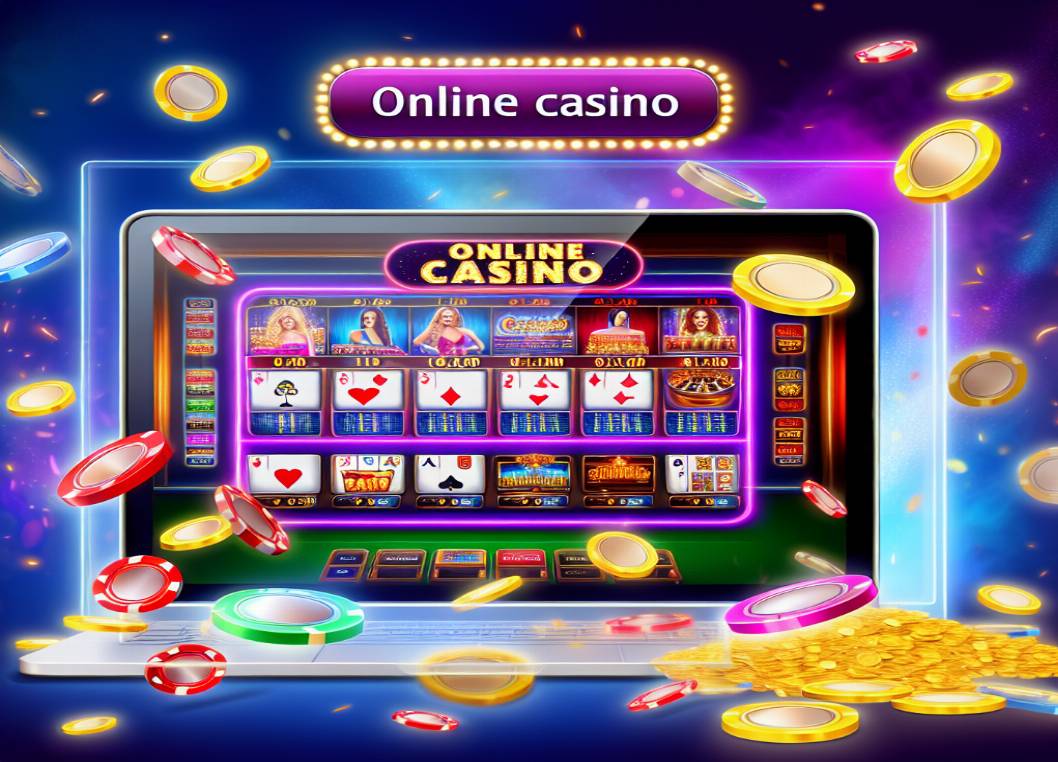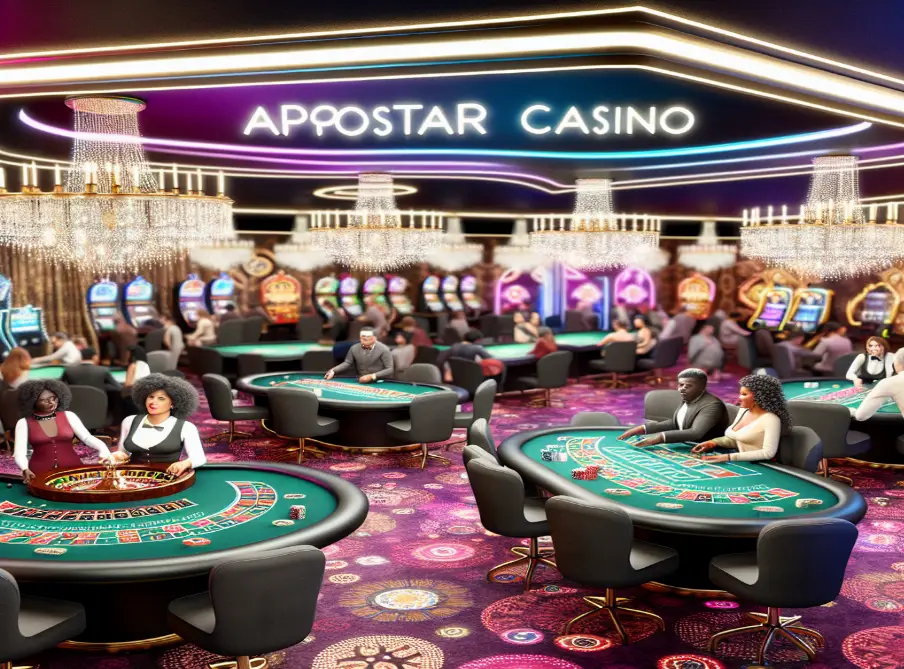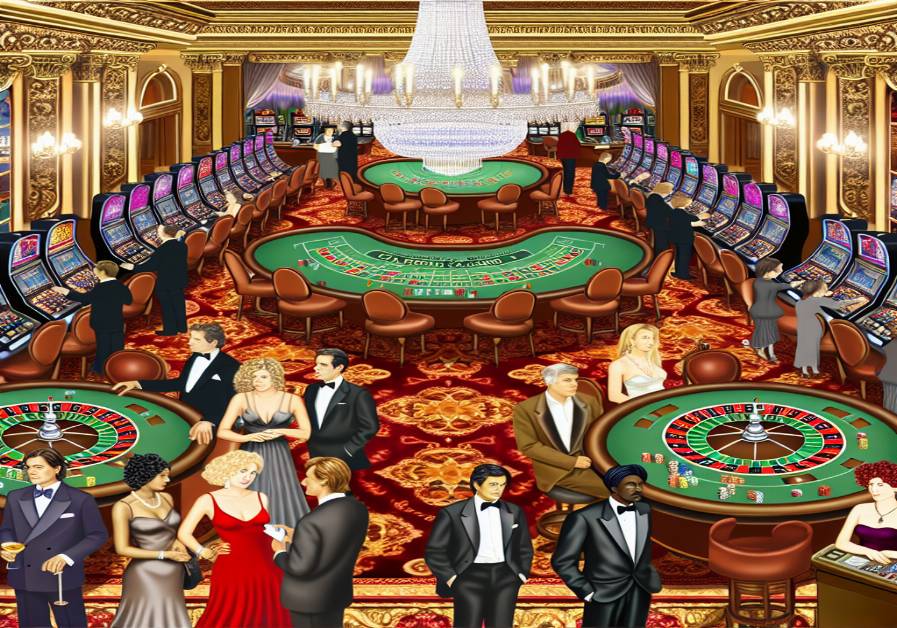El constructor de apuestas es una herramienta que permite a los jugadores crear apuestas personalizadas combinando diferentes eventos deportivos en una sola apuesta. Esta función es especialmente popular entre los apostadores que buscan aumentar sus ganancias al combinar múltiples selecciones en una sola apuesta.
Para utilizar el constructor de apuestas, los jugadores simplemente seleccionan los eventos deportivos en los que desean apostar y el tipo de apuesta que desean realizar. Una vez seleccionadas todas las opciones, el constructor de apuestas calculará automáticamente las probabilidades y el pago potencial de la apuesta combinada.
Una de las principales ventajas del constructor de apuestas es que ofrece a los jugadores la libertad de crear apuestas personalizadas según sus propias preferencias y estrategias de apuestas. Esto les permite combinar eventos deportivos de diferentes ligas y deportes en una sola apuesta.
Además, el constructor de apuestas también permite a los jugadores realizar apuestas en vivo durante un evento deportivo, lo que les brinda la oportunidad de ajustar sus apuestas en tiempo real según el desarrollo del juego. Esta función es especialmente útil para los apostadores que buscan maximizar sus ganancias o minimizar sus pérdidas durante un evento deportivo.
En resumen, el constructor de apuestas es una herramienta innovadora que ofrece a los jugadores la posibilidad de personalizar sus apuestas y aumentar sus ganancias al combinar múltiples selecciones en una sola apuesta. Con esta función, los apostadores pueden disfrutar de una experiencia de apuestas más emocionante y gratificante.
Definición del constructor de apuestas
El constructor de apuestas es una herramienta utilizada en los casinos en línea que permite a los jugadores crear sus propias apuestas personalizadas. Esta función les da la libertad de combinar diferentes eventos deportivos o juegos de Pin Up Casino en una sola apuesta, lo que les permite aumentar sus posibilidades de ganar.
Los jugadores pueden seleccionar los eventos o juegos en los que desean apostar, así como establecer el monto de la apuesta y el tipo de apuesta que desean realizar. Esto les brinda un mayor control sobre sus apuestas y les permite experimentar con diferentes estrategias de juego.
El constructor de apuestas es una herramienta popular entre los jugadores más experimentados, ya que les permite crear apuestas personalizadas de acuerdo a su propio criterio y conocimiento sobre los eventos o juegos en los que desean apostar.
En resumen, el constructor de apuestas es una función innovadora que brinda a los jugadores la oportunidad de personalizar sus apuestas y aumentar sus posibilidades de ganar en los casinos en línea. Es una herramienta útil para aquellos que buscan diversificar sus estrategias de juego y maximizar sus ganancias.
Componentes del constructor de apuestas
Los componentes del constructor de apuestas son fundamentales para entender cómo funcionan las apuestas en un casino en línea. Estos elementos son clave para determinar el tipo de apuesta que se realiza y las posibles ganancias que se pueden obtener.
Algunos de los componentes más importantes del constructor de apuestas son:
- Selección del evento deportivo o juego de casino en el que se desea apostar.
- Elección del tipo de apuesta, como apuesta simple, combinada o de sistema.
- Establecimiento de la cantidad de dinero que se desea apostar.
- Confirmación de la apuesta antes de que se cierre el plazo de apuestas.
Es importante comprender cómo funcionan estos componentes para poder realizar apuestas de manera efectiva y maximizar las posibilidades de ganar en un casino en línea. Con la información adecuada, los jugadores pueden tomar decisiones informadas y disfrutar de una experiencia de apuestas segura y emocionante.
Funcionamiento del constructor de apuestas
El constructor de apuestas es una herramienta muy útil para los jugadores de casino, ya que les permite personalizar sus apuestas de acuerdo a sus preferencias y estrategias de juego.
Con esta herramienta, los jugadores pueden seleccionar diferentes tipos de apuestas, como apuestas simples, combinadas o de sistema, y ajustar el importe de la apuesta, las cuotas y el potencial de ganancias.
Además, el constructor de apuestas les permite a los jugadores crear apuestas personalizadas, combinando diferentes eventos y mercados en una sola apuesta, lo que aumenta sus posibilidades de ganar.
- Permite personalizar las apuestas según las preferencias del jugador.
- Ofrece diferentes tipos de apuestas, como simples, combinadas o de sistema.
- Permite ajustar el importe de la apuesta, las cuotas y el potencial de ganancias.
- Permite crear apuestas personalizadas combinando diferentes eventos y mercados.
En resumen, el constructor de apuestas es una herramienta muy útil para los jugadores de casino, ya que les brinda la posibilidad de personalizar sus apuestas y aumentar sus posibilidades de ganar.
Ventajas de utilizar el constructor de apuestas
Una de las principales ventajas de utilizar el constructor de apuestas es la posibilidad de personalizar tus apuestas de acuerdo a tus preferencias y estrategias de juego.
- Permite ajustar el nivel de riesgo de tus apuestas.
- Facilita la combinación de diferentes eventos en una misma apuesta.
- Ofrece la posibilidad de modificar tus apuestas en tiempo real.
Otra ventaja importante es la flexibilidad que brinda este tipo de herramienta, ya que te permite adaptar tus apuestas a medida que avanza el evento deportivo o el juego de casino en el que estés participando.
Además, el constructor de apuestas te da la oportunidad de analizar con mayor detalle las probabilidades de cada evento y tomar decisiones más informadas a la hora de realizar tus apuestas.
En resumen, el uso del constructor de apuestas puede mejorar significativamente tu experiencia de juego al ofrecerte mayor control y flexibilidad en tus apuestas, así como la posibilidad de tomar decisiones más acertadas basadas en un análisis más detallado de las probabilidades.
Consejos para utilizar el constructor de apuestas
Al utilizar el constructor de apuestas en un casino en línea, es importante tener en cuenta varios consejos para maximizar tus posibilidades de ganar:
- Investiga las estadísticas y tendencias de los equipos o jugadores antes de realizar tu apuesta.
- Establece un límite de dinero que estés dispuesto a apostar y respétalo en todo momento.
- Utiliza diferentes tipos de apuestas, como las combinadas o en vivo, para diversificar tus opciones de ganar.
- No te dejes llevar por emociones o impulsos al realizar una apuesta, mantén la calma y analiza la situación objetivamente.
- Aprovecha las promociones y bonos que ofrecen los casinos en línea para aumentar tu saldo disponible para apostar.
Recuerda que el juego debe ser siempre una actividad de entretenimiento y nunca una forma de ingreso garantizado. Apuesta de forma responsable y disfruta de la emoción que te ofrece el mundo del juego en línea.






